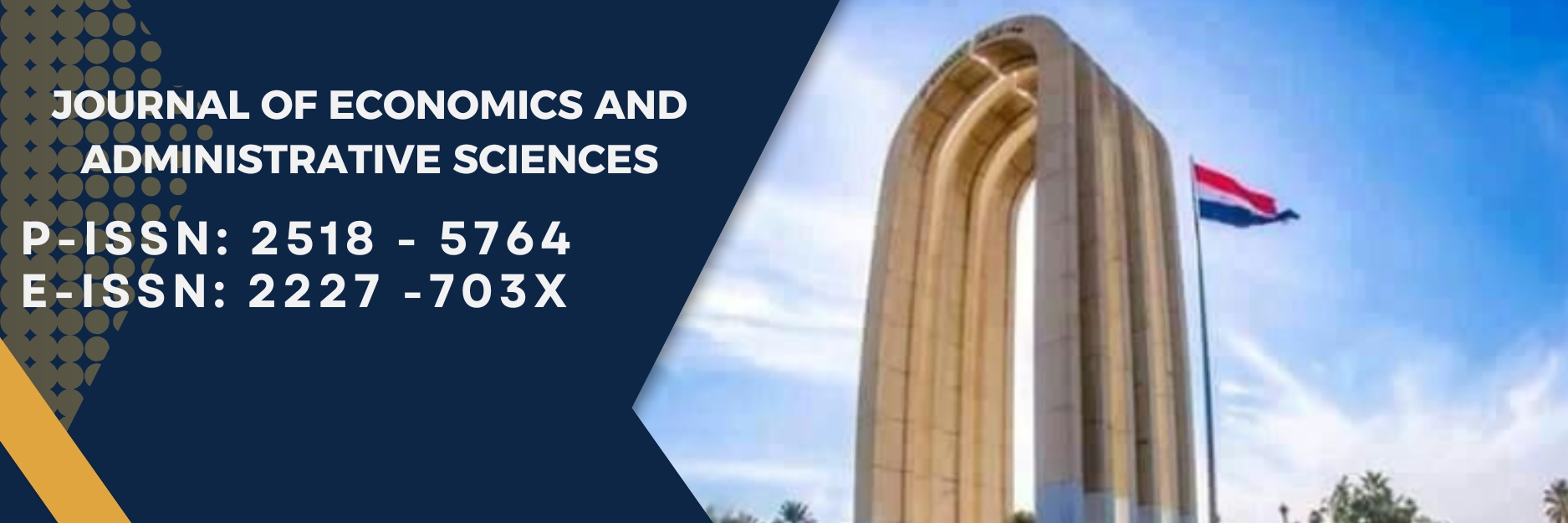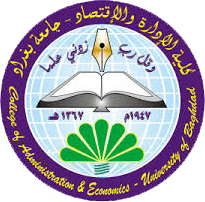Inventory control by using Fuzzy set theory An Applied Research at the Baghdad Soft Drinks Company
DOI:
https://doi.org/10.33095/jeas.v23i101.170Keywords:
: Fuzzy Time Series, Fuzzy Inference System, The rules of condition and result (If-Then Rules), Fuzzy Set Theory, Production Model Without Shortage, Purchase Model Without ShortageAbstract
The production companies in the Iraqi industry environment facing many of the problems related to the management of inventory and control In particular in determining the quantities inventory that should be hold it. Because these companies adoption on personal experience and some simple mathematical methods which lead to the identification of inappropriate quantities of inventory.
This research aims to identify the economic quantity of production and purchase for the Pepsi can 330ml and essential components in Baghdad soft drinks Company in an environment dominated by cases of non ensure and High fluctuating as a result of fluctuating demand volumes and costs associated with inventory, and has been using the fuzzy time series method to dispose of uncertainty and fluctuation accompanying demand for finished product , and using the fuzzy inference system (If-Then Rules) to remove the cases of uncertainty associated with the holding inventory cost for the finished product and essential components.
After removing the fuzzy of demand and holding inventory cost Parameters, been used the production model without Shortage to determine the economic production quantity for the Pepsi can 330 ml, and the purchase model without Shortage to determine the economic order quantity for the product components. The statistical programs (Matlab, Win Qsb.v2) were used for mathematical and statistical analyzes.
Downloads
Downloads
Published
Issue
Section
License
Articles submitted to the journal should not have been published before in their current or substantially similar form or be under consideration for publication with another journal. Please see JEAS originality guidelines for details. Use this in conjunction with the points below about references, before submission i.e. always attribute clearly using either indented text or quote marks as well as making use of the preferred Harvard style of formatting. Authors submitting articles for publication warrant that the work is not an infringement of any existing copyright and will indemnify the publisher against any breach of such warranty. For ease of dissemination and to ensure proper policing of use, papers and contributions become the legal copyright of the publisher unless otherwise agreed.
The editor may make use of Turtitin software for checking the originality of submissions received.


























